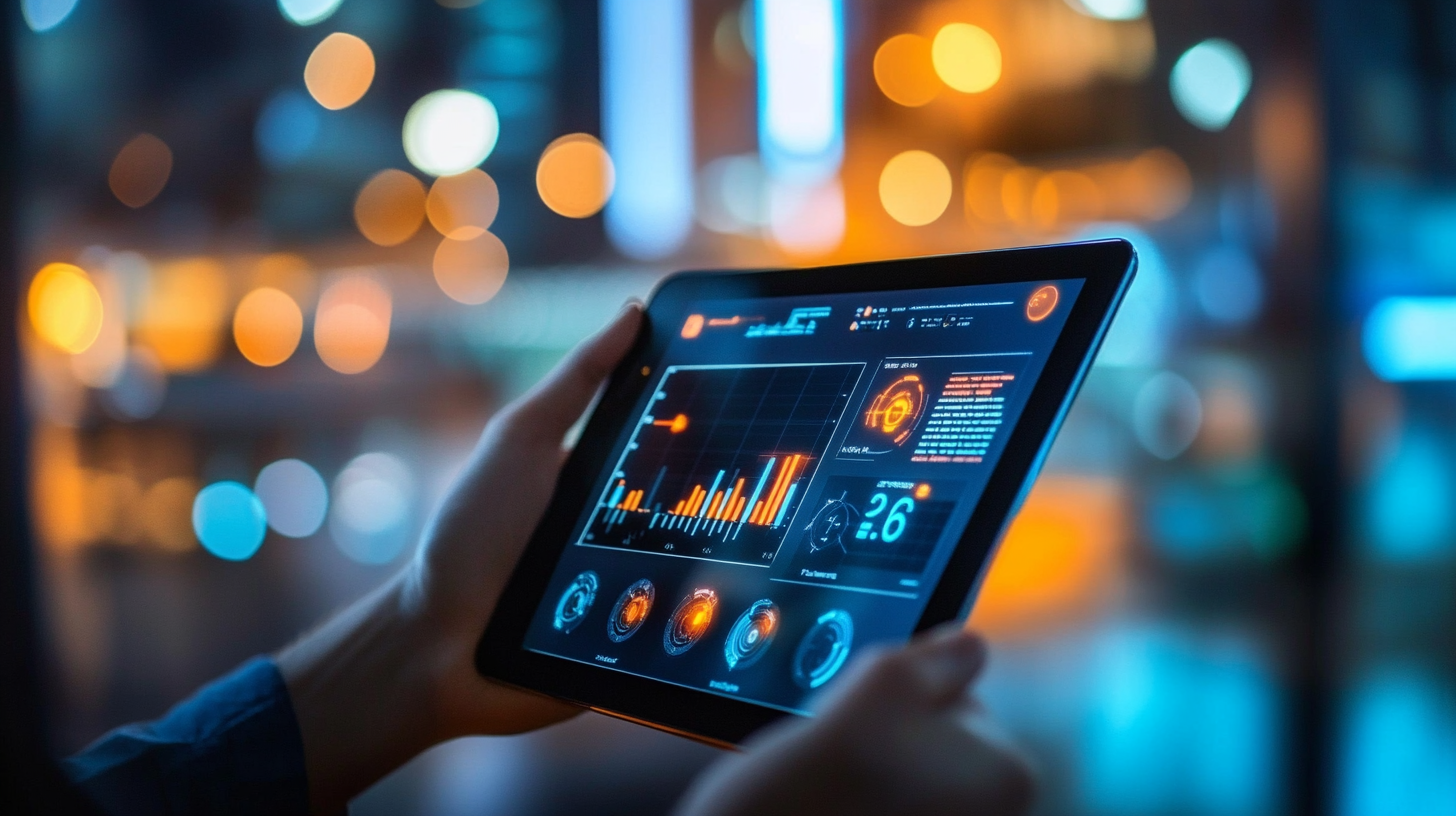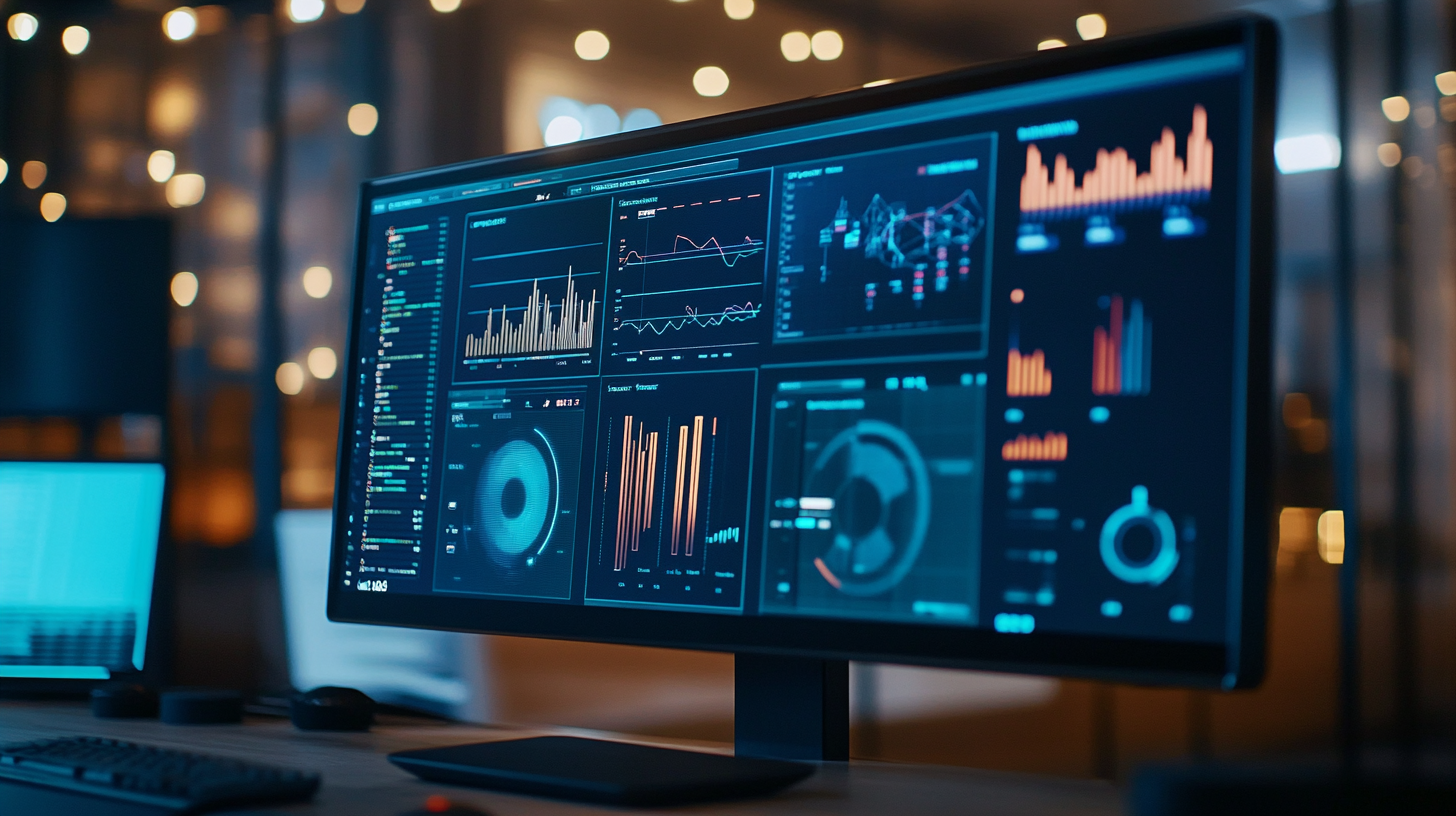Leave Your Message
In an era where sustainability and energy efficiency are paramount, the need for effective energy management strategies has never been more pressing. Enter the Portable Energy Monitor, a revolutionary tool that empowers businesses and individuals to take control of their energy consumption like never before. This compact and versatile device offers real-time insights into energy usage, helping users identify inefficiencies, reduce costs, and minimize their carbon footprint. By integrating Portable Energy Monitors into their energy management strategies, organizations can harness the power of data to make informed decisions that not only promote sustainability but also enhance their bottom line. Join us as we explore how these innovative tools can transform the landscape of energy management and drive us toward a more sustainable future.

The importance of real-time data in energy consumption monitoring cannot be overstated, especially in an era where efficiency and sustainability are paramount. With the rise of portable energy monitors, organizations can leverage immediate insights into their energy usage patterns. This data enables proactive adjustments, reducing waste and optimizing operational efficiency. As industries transition towards greener practices, tools that provide real-time feedback become invaluable. They allow stakeholders to identify peaks in consumption and areas where energy can be conserved, aligning with broader environmental goals such as carbon neutrality.
Moreover, the integration of smart technology in energy management aligns with China’s "dual carbon" strategy, addressing the urgent need for industrial reduction in carbon emissions. For instance, sectors traditionally reliant on heavy fossil fuels are now exploring electrification and sustainable energy sources. By harnessing real-time monitoring through portable devices, these industries can actively track their progress and make informed decisions, turning energy management from a reactive to a proactive strategy. This shift not only aids in meeting regulatory requirements but also positions businesses as leaders in the drive towards sustainable development.
This chart illustrates the energy consumption over a six-week period, highlighting how portable energy monitors can help track energy usage in real-time. By analyzing this data, one can optimize energy management strategies effectively.
In recent years, the importance of energy management has become increasingly apparent, particularly as industries seek to mitigate waste and enhance sustainability. According to key statistics, the European Union generated approximately 186.5 kg of packaging waste per inhabitant in 2022, highlighting the urgent need for improved management strategies. This figure varied significantly across member states, indicating disparities in waste generation and management practices. The introduction of portable energy monitors can provide valuable insights into energy consumption patterns, ultimately helping organizations to identify inefficiencies and reduce their environmental footprint.
Moreover, the U.S. waste management market, which was estimated at USD 342.7 million in 2023, is projected to grow at a compound annual growth rate (CAGR) of 5.2% by 2030. This growth reflects a wider recognition of the need for effective waste management solutions. By leveraging portable energy monitors, businesses can not only track their waste production but also optimize their energy usage, leading to more sustainable operations. These tools empower organizations to make data-driven decisions that contribute to a circular economy while addressing the critical issue of waste reduction.

Portable energy monitors have emerged as invaluable tools for businesses looking to enhance their energy efficiency. By providing real-time data on energy consumption patterns, these devices enable organizations to identify areas of energy waste and optimize their usage. When businesses can track their energy consumption on-the-go, they gain insights that were previously difficult to capture, allowing for informed decisions on energy management.
Furthermore, the versatility of portable energy monitors means they can be used in various settings—be it a manufacturing facility, an office space, or a retail environment. This adaptability allows businesses to pinpoint inefficiencies at multiple touchpoints. For instance, by analyzing data from specific equipment or sections of a building, companies can implement targeted strategies that lead to significant energy savings. As a result, utility costs can be lowered while contributing to sustainability goals, making portable energy monitors not just a smart investment but a necessary component of modern energy management strategies.
| Energy Monitor Type | Key Features | Benefits | Ideal Use Cases |
|---|---|---|---|
| Clamp Meter | Non-intrusive, measures current | Easy installation, real-time monitoring | Commercial building electrical audits |
| Smart Plug | Measures usage by individual devices | Control costs, optimize device usage | Home offices and small businesses |
| Data Logger | Records data over time | In-depth analysis, trend identification | Long-term energy studies |
| Wireless Energy Monitor | Remote access, cloud reporting | Convenient monitoring from anywhere | Large corporate settings and multi-site management |
| Energy Management Software | Comprehensive analytics and reporting | Informed decision making, cost reduction | Enterprise-level energy management |
Integrating portable energy monitors into existing energy management systems can significantly enhance the effectiveness of energy monitoring and optimization strategies. These devices allow users to collect real-time data on energy consumption from various equipment and processes, providing insights that are often obscured in traditional management setups. By incorporating portable energy monitors, businesses can identify inefficiencies and make informed decisions to reduce energy waste.
The flexibility of portable energy monitors enables organizations to deploy them in multiple locations, tailoring their energy assessments according to specific needs. This adaptability not only helps in gathering localized data but also supports the shift towards a more dynamic energy management approach. With the information gathered, companies can adjust their energy usage proactively, aligning consumption patterns with peak and off-peak periods, and ultimately leading to cost savings.
Moreover, integrating these monitors with existing systems fosters a culture of energy awareness among employees. As teams engage with real-time data, they become more conscious of their energy usage, driving collective efforts to enhance sustainability initiatives. This synergy between portable technology and existing energy management systems marks a pivotal step toward achieving greater organizational efficiency and environmental responsibility.
Portable energy monitoring solutions have revolutionized how businesses approach energy management. By utilizing these innovative devices, organizations can gather real-time data on energy consumption, identify inefficiencies, and optimize their operations. For instance, a manufacturing plant implemented portable energy monitors to track energy usage across different machinery. The data revealed that certain machines were consuming more energy than necessary, which led to targeted maintenance and the replacement of outdated equipment. As a result, the plant was able to decrease its energy costs by 20% within a year.
Another case study highlights a commercial office building that integrated portable energy monitors to enhance its sustainability initiatives. The property management team discovered that office equipment was a significant source of energy waste during off-peak hours. By adjusting schedules and implementing automatic turn-off systems tied to the monitoring data, the building reduced its overall energy consumption and improved its energy efficiency rating. This not only lowered operational costs but also provided a compelling marketing angle highlighting the building's commitment to sustainability for potential tenants.
These examples showcase how portable energy monitoring can lead to significant advancements in energy management strategies, providing businesses with the insights needed to make informed decisions, cut costs, and promote sustainability.

